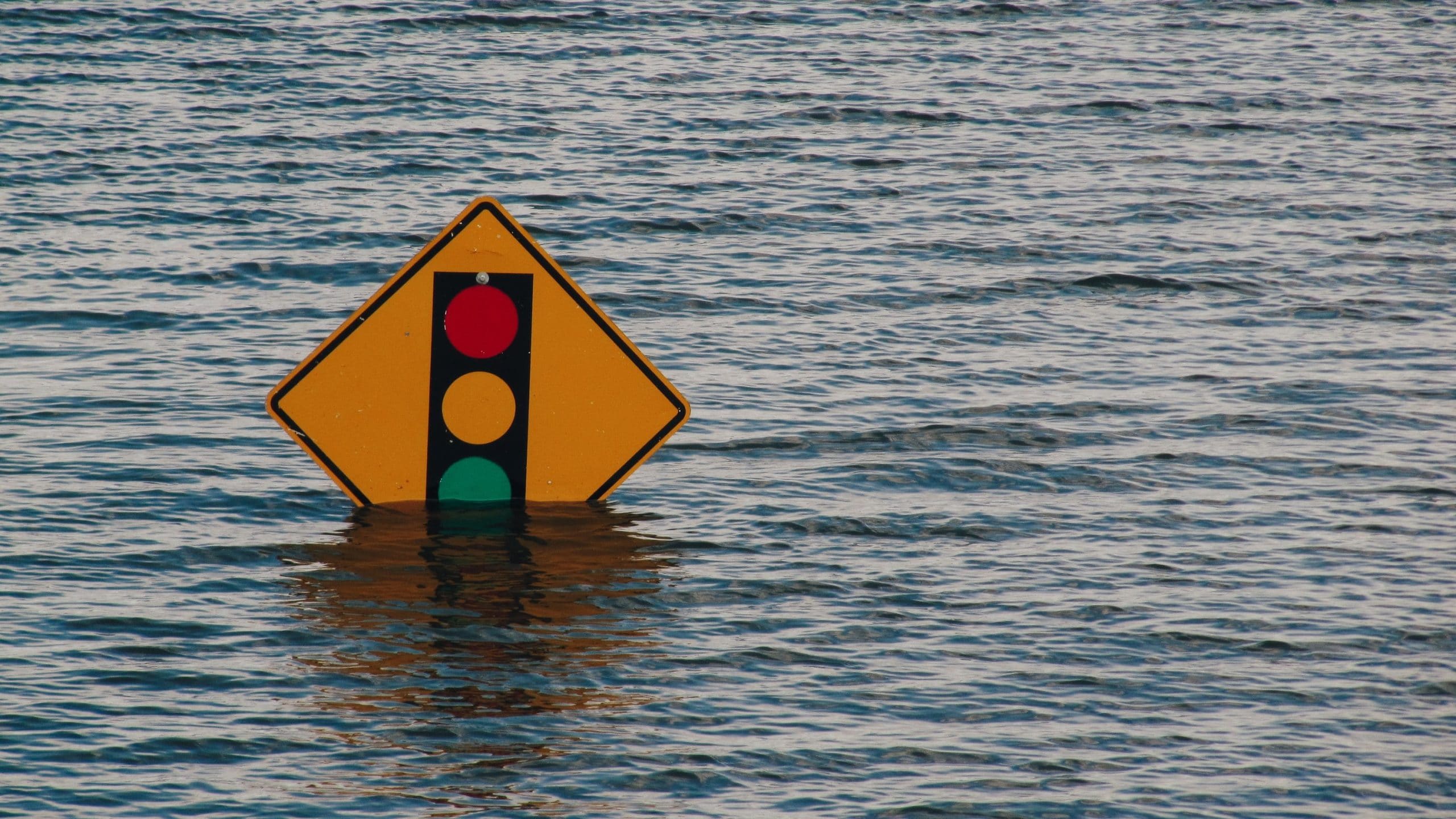Much of western North Carolina suffered from catastrophic flooding due to Hurricane Helene. We know that the power is starting to come back on in many places, but the overall recovery is likely to take a long time. To learn more about some of the things that need to be considered when restoring the power infrastructure, we spoke with Anderson de Queiroz, an associate professor in NC State’s Department of Civil, Construction and Environmental Engineering.
The Abstract: What are the first steps in assessing what the recovery of the power grid will entail?
Anderson de Queiroz: Estimating the full extent of the recovery effort requires detailed, on-the-ground assessments and they are ongoing. Restoration isn’t just about re-stringing fallen wires. It involves inspecting and potentially replacing a significant amount of cables (including both overhead lines and underground that may have been compromised by extended flood). Power lines that were submerged due to flooding need insulation testing to be done in the field. The longer the exposure to water the higher is the chance that insulation materials were degraded.
TA: I know that power substations are an important part of the grid, converting high voltage power used in transmission lines into lower voltages which are then in the distribution lines to homes, and so on. If substations are flooded, do they need to be completely replaced? Can they be salvaged?
de Queiroz: With respect to substations, flooding may severely damage these facilities depending on the level and extent of the event. Each substation affected may require significant repairs or complete replacement, a process that is both time-consuming and expensive. We saw problems with inundated substations after Hurricane Florence in 2018.
Substations that have been submerged must receive detailed inspections because the water can damage electrical components, insulation and control systems. While some equipment may be cleaned, dried and tested for safe reuse (e.g. sealed transformers, circuit breakers), if internal components are damaged it is often necessary to completely replace the equipment in order to ensure reliability and safety.
Pole-mounted transformers exposed to water may also suffer from insulation failure and corrosion. Like substations, they require testing and possibly replacement. There is research out there on how to design more resilient substations.
TA: If a home or business has been flooded, can its electrical system be salvaged, or does it need to be ripped out and replaced?
de Queiroz: With respect to buildings, before power can be restored in a building that suffered in a flood, its internal electrical system must be inspected and found to be safe. Usually, electricians need to inspect wiring, outlets, panels and related equipment.
In cases with prolonged submersion, wiring and components must be entirely replaced in order to satisfy safety codes. Flooding can affect the insulation of materials/components and water can cause corrosion of metal parts. The National Electrical Manufacturers Association advises that most electrical equipment exposed to water be replaced, and this includes wiring, receptacles, switches, circuit breakers and fuses.



